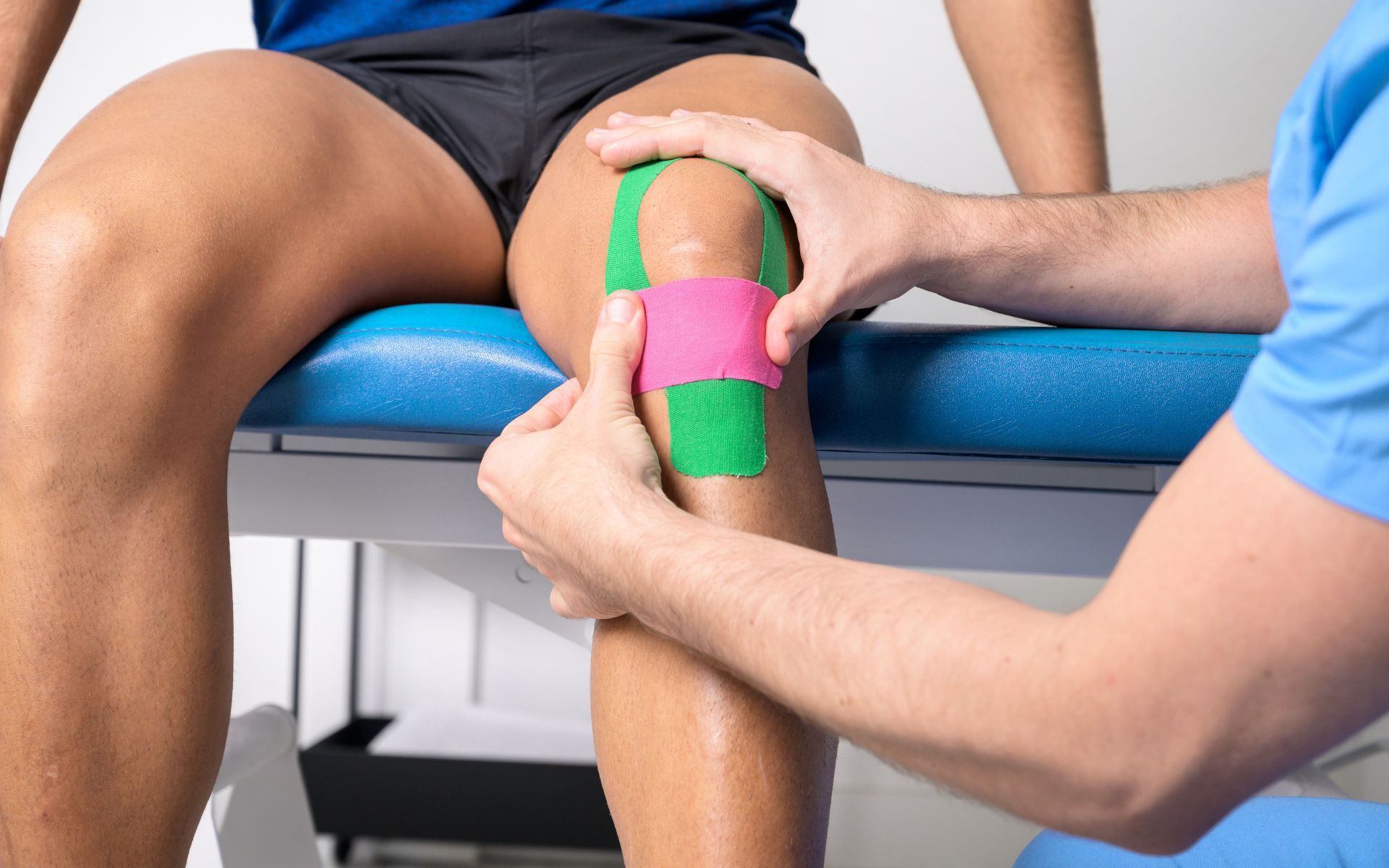
Kinesiology is the study of human movement, performance, and function. It combines principles from anatomy, biomechanics, physiology, and psychology to understand how the body moves and how to improve physical performance. Kinesiologists work in various fields, including sports, rehabilitation, ergonomics, and health promotion. They help people recover from injuries, enhance athletic performance, and improve overall well-being. Whether you're an athlete looking to boost your game or someone recovering from an injury, kinesiology offers valuable insights into optimizing movement and health. Ready to learn some fascinating facts about this dynamic field? Let's dive into 30 intriguing facts about kinesiology!
Key Takeaways:
- Kinesiology is the study of human movement, combining anatomy, physiology, and psychology. It helps athletes perform better, aids in rehabilitation, and makes workplaces safer and more efficient.
- Kinesiology offers exciting career opportunities in healthcare, sports, research, and education. With a focus on anatomy, physiology, and biomechanics, it helps people recover from injuries and improve athletic performance.
What is Kinesiology?
Kinesiology is the scientific study of human movement. It covers everything from how muscles work to how the body responds to exercise. Here are some fascinating facts about this field.
-
Kinesiology combines principles from anatomy, physiology, biomechanics, and psychology to understand movement.
-
The term "kinesiology" comes from the Greek words "kinesis" (movement) and "logos" (study).
-
Kinesiologists often work with athletes to improve performance and prevent injuries.
-
This field also helps in designing rehabilitation programs for patients recovering from injuries.
-
Kinesiology can be applied to ergonomics, making workplaces safer and more efficient.
Historical Background of Kinesiology
Understanding the history of kinesiology helps appreciate its evolution and current applications.
-
The study of human movement dates back to ancient Greece, where philosophers like Aristotle explored biomechanics.
-
In the 19th century, Swedish physician Pehr Henrik Ling developed a system of gymnastics that laid the groundwork for modern kinesiology.
-
The American College of Sports Medicine, founded in 1954, played a significant role in advancing kinesiology research.
-
The first kinesiology degree program was established at the University of California, Los Angeles (UCLA) in the 1960s.
-
Today, kinesiology is a recognized academic discipline with programs offered worldwide.
Kinesiology in Sports
Kinesiology has a significant impact on sports, helping athletes reach their full potential.
-
Sports kinesiologists analyze athletes' movements to enhance performance and reduce injury risks.
-
Techniques like motion capture and electromyography (EMG) are used to study muscle activity during sports.
-
Kinesiology research has led to the development of better training methods and equipment.
-
Many professional sports teams employ kinesiologists to keep their athletes in peak condition.
-
Kinesiology also plays a role in sports psychology, helping athletes manage stress and improve focus.
Kinesiology in Rehabilitation
Rehabilitation is another crucial area where kinesiology makes a difference.
-
Kinesiologists design personalized exercise programs to aid recovery from injuries or surgeries.
-
They work closely with physical therapists to ensure patients regain strength and mobility.
-
Kinesiology techniques are used to treat chronic conditions like arthritis and back pain.
-
Aquatic therapy, which uses water resistance to improve movement, is a popular kinesiology-based rehabilitation method.
-
Kinesiologists also help stroke patients relearn basic movements and improve their quality of life.
Kinesiology and Ergonomics
Ergonomics focuses on designing workplaces that promote health and efficiency, and kinesiology plays a key role.
-
Kinesiologists assess work environments to identify potential hazards and recommend improvements.
-
They design ergonomic tools and furniture to reduce strain and prevent injuries.
-
Proper ergonomics can lead to increased productivity and reduced absenteeism.
-
Kinesiology principles are used to train employees on safe lifting techniques and proper posture.
-
Ergonomic assessments often include analyzing repetitive tasks to minimize the risk of repetitive strain injuries.
Educational Pathways in Kinesiology
Interested in a career in kinesiology? Here’s what you need to know about the educational pathways.
-
A bachelor's degree in kinesiology typically covers subjects like anatomy, physiology, and biomechanics.
-
Many kinesiologists pursue advanced degrees to specialize in areas like sports medicine or rehabilitation.
-
Certification from organizations like the American Kinesiology Association can enhance career prospects.
-
Internships and practical experience are crucial for gaining hands-on skills in kinesiology.
-
Career opportunities for kinesiologists include roles in healthcare, sports, research, and education.
The Power of Kinesiology
Kinesiology isn't just about muscles and movement. It's a fascinating field that dives into how our bodies work, heal, and thrive. From understanding biomechanics to exploring the mind-body connection, kinesiology offers insights that can improve athletic performance, aid in injury recovery, and enhance overall well-being. Whether you're an athlete, a student, or someone curious about how the human body functions, kinesiology has something valuable to offer.
Remember, the next time you stretch, run, or even sit, there's a whole science behind those actions. Embrace the knowledge and let it guide you to a healthier, more active life. Keep exploring, keep moving, and let kinesiology be your guide to understanding the incredible machine that is your body.
Frequently Asked Questions
Was this page helpful?
Our commitment to delivering trustworthy and engaging content is at the heart of what we do. Each fact on our site is contributed by real users like you, bringing a wealth of diverse insights and information. To ensure the highest standards of accuracy and reliability, our dedicated editors meticulously review each submission. This process guarantees that the facts we share are not only fascinating but also credible. Trust in our commitment to quality and authenticity as you explore and learn with us.
